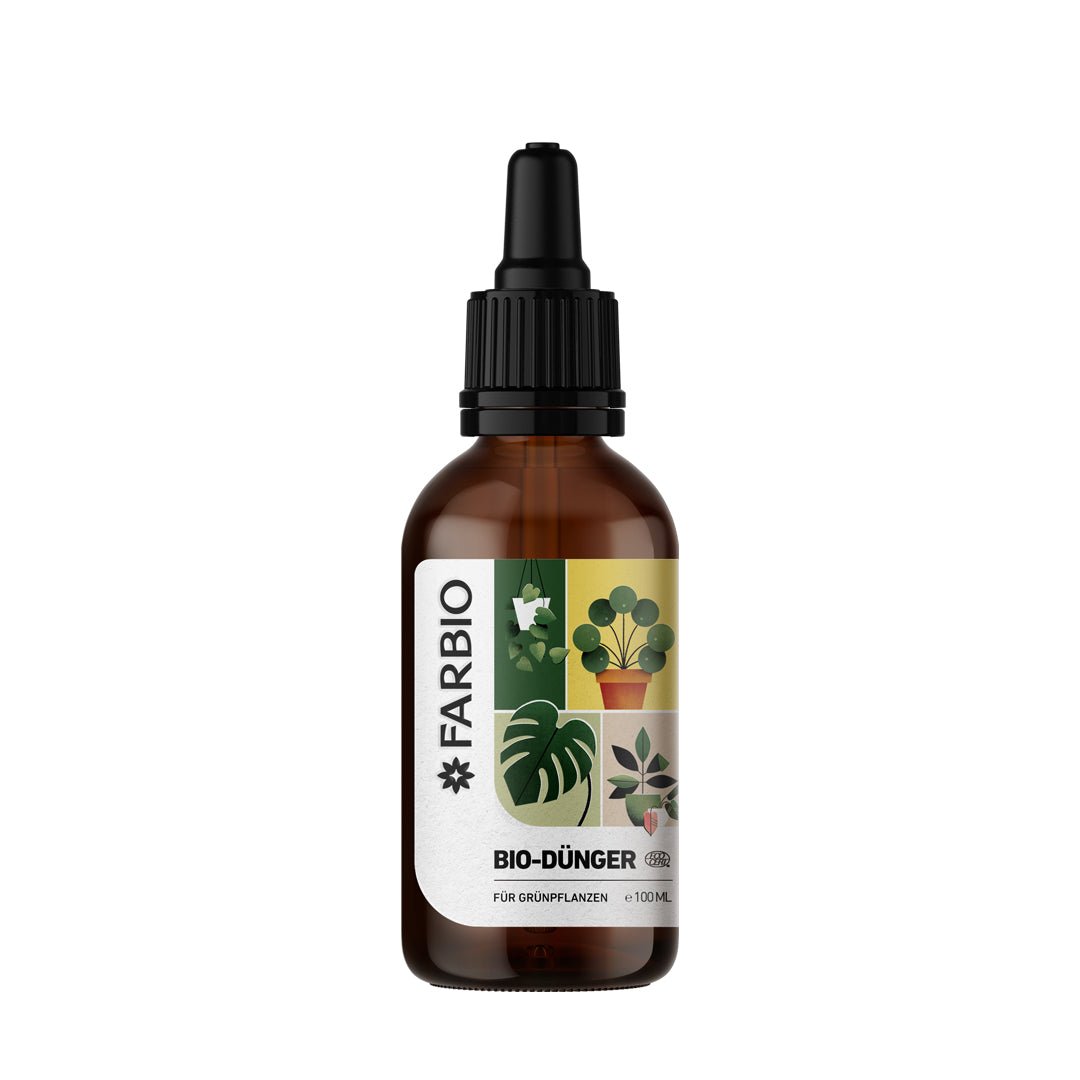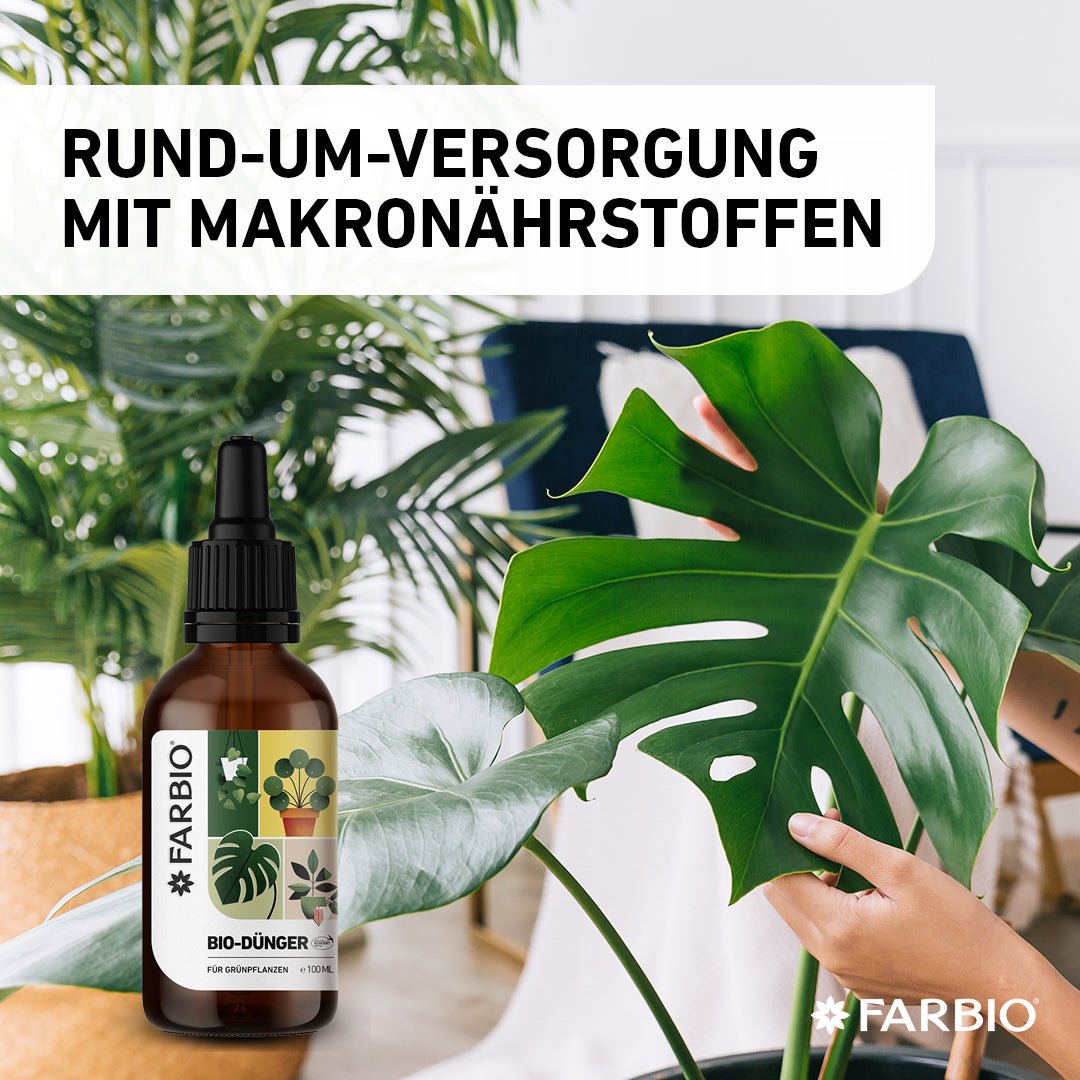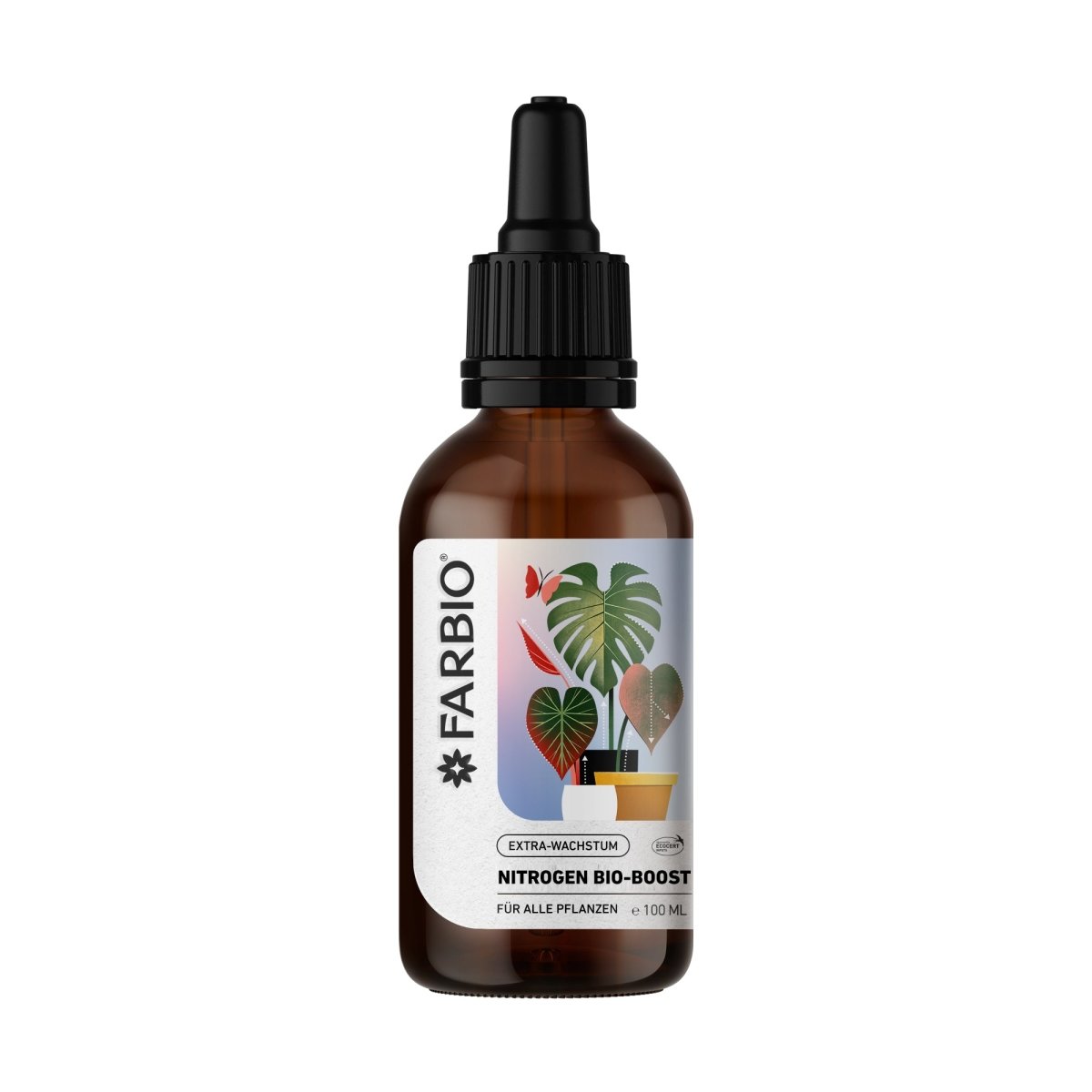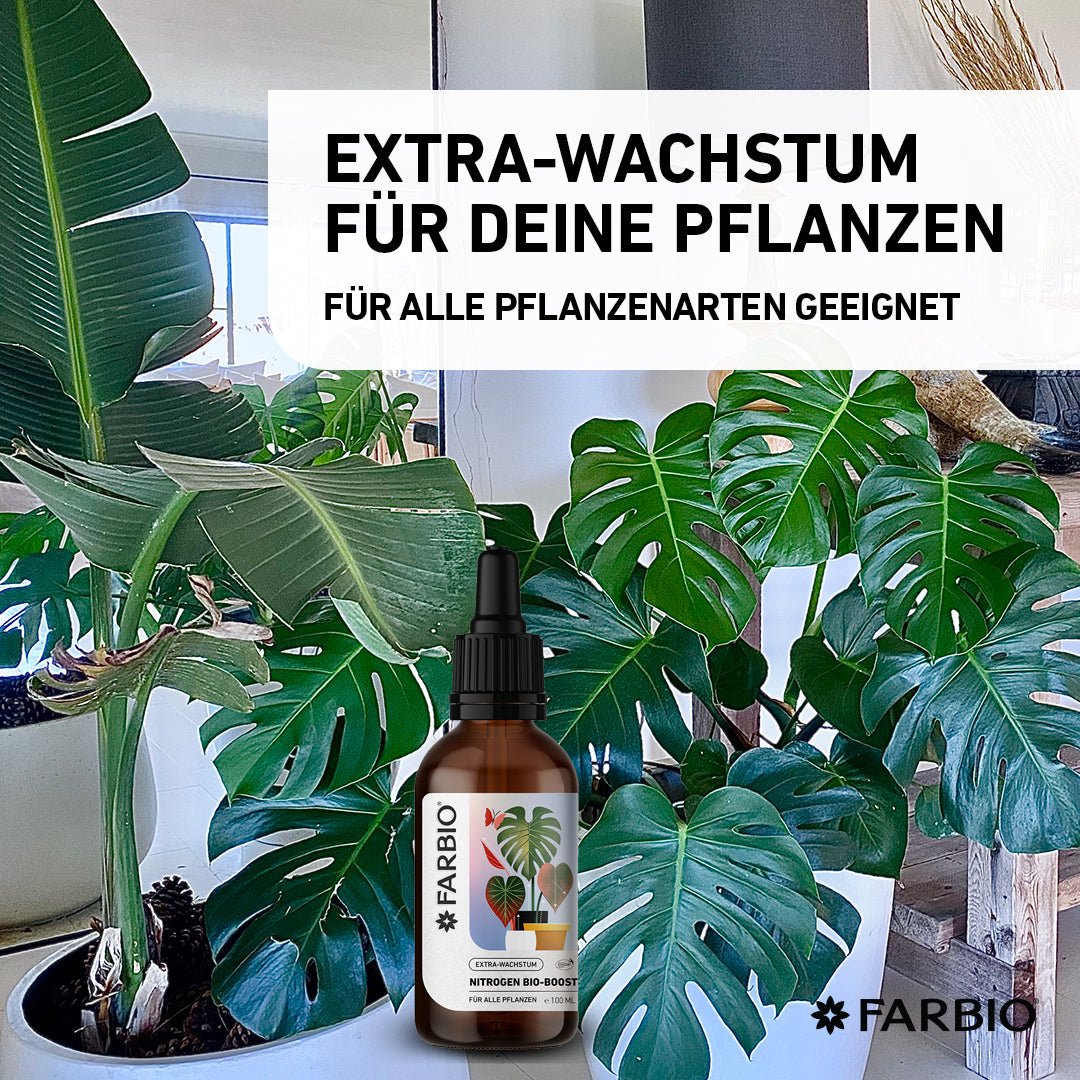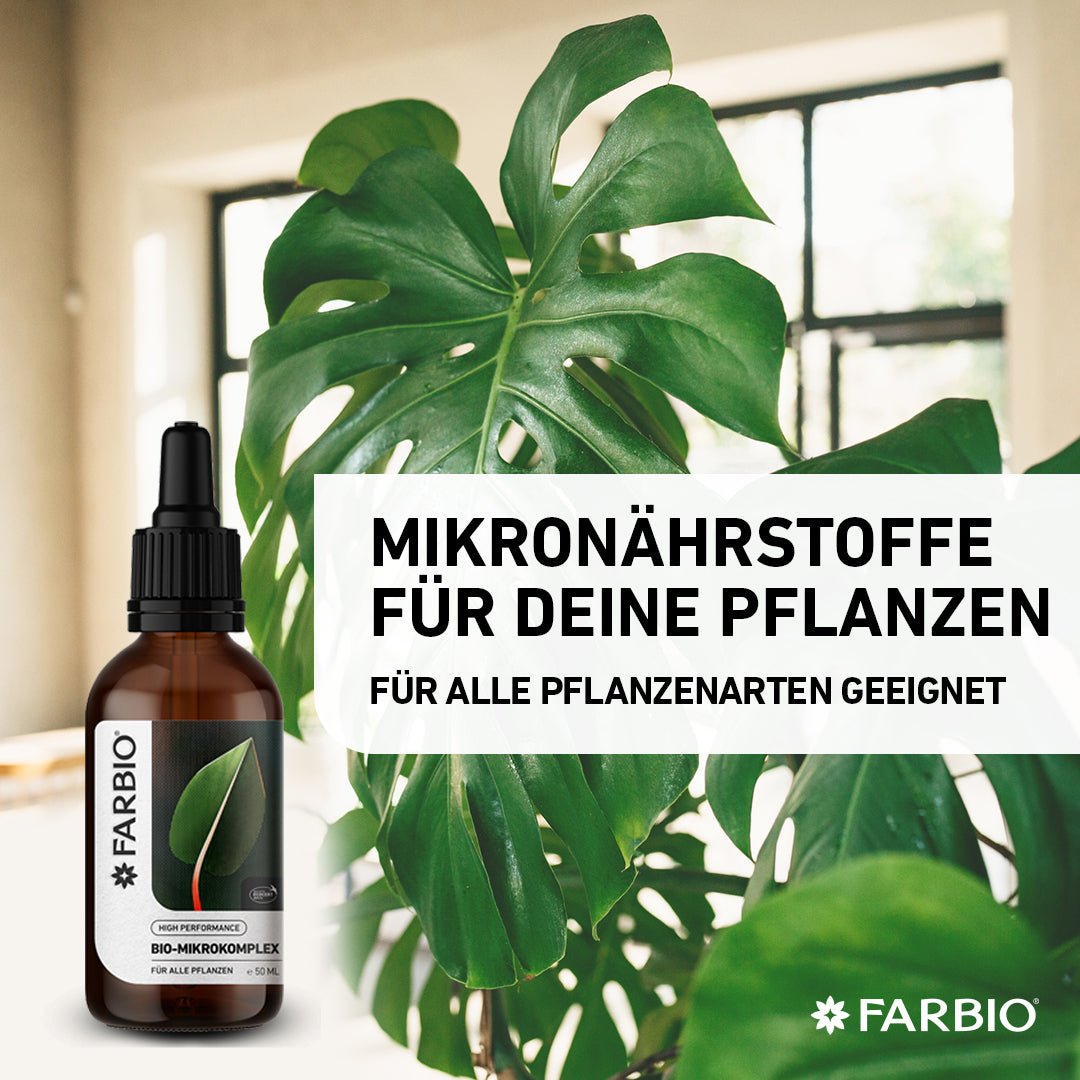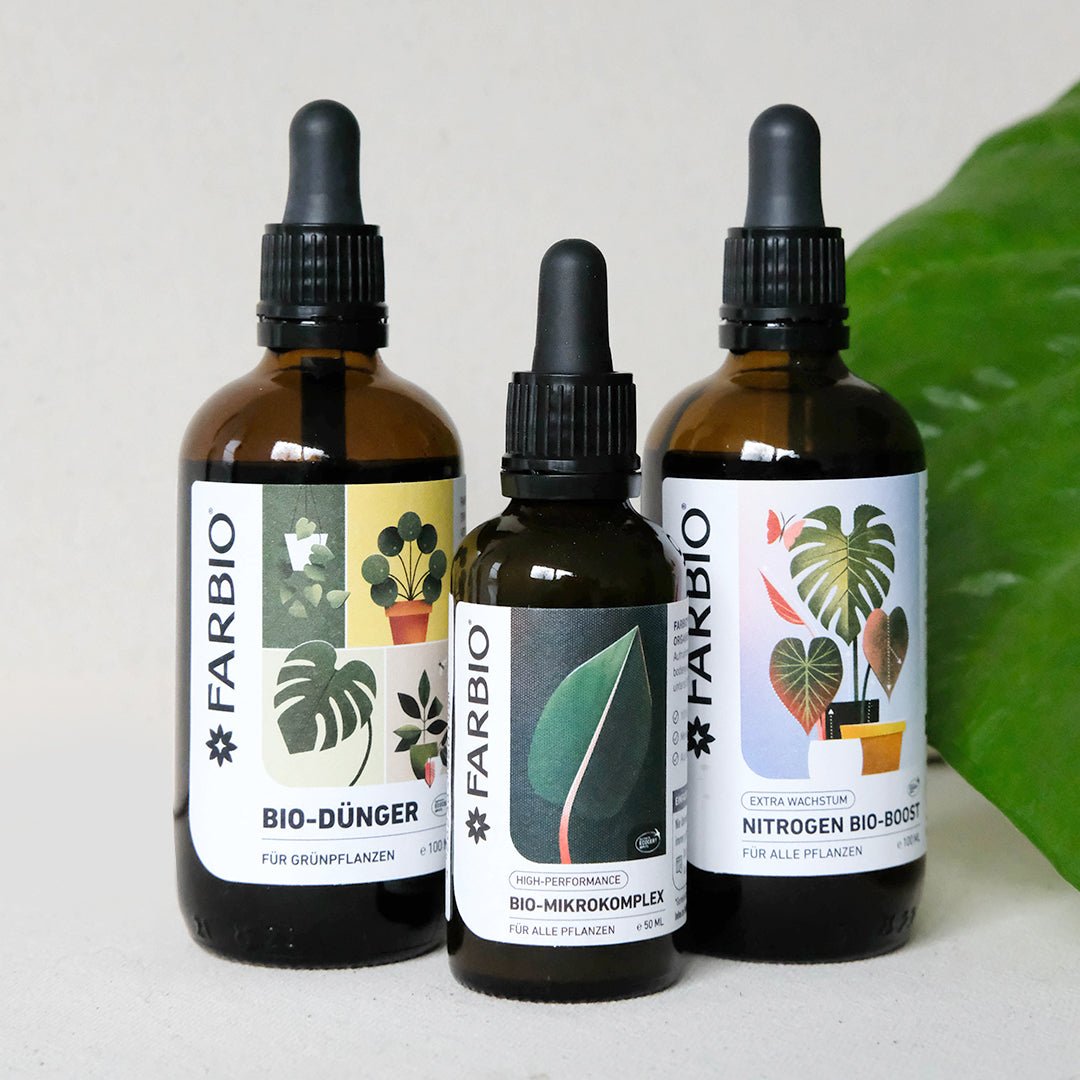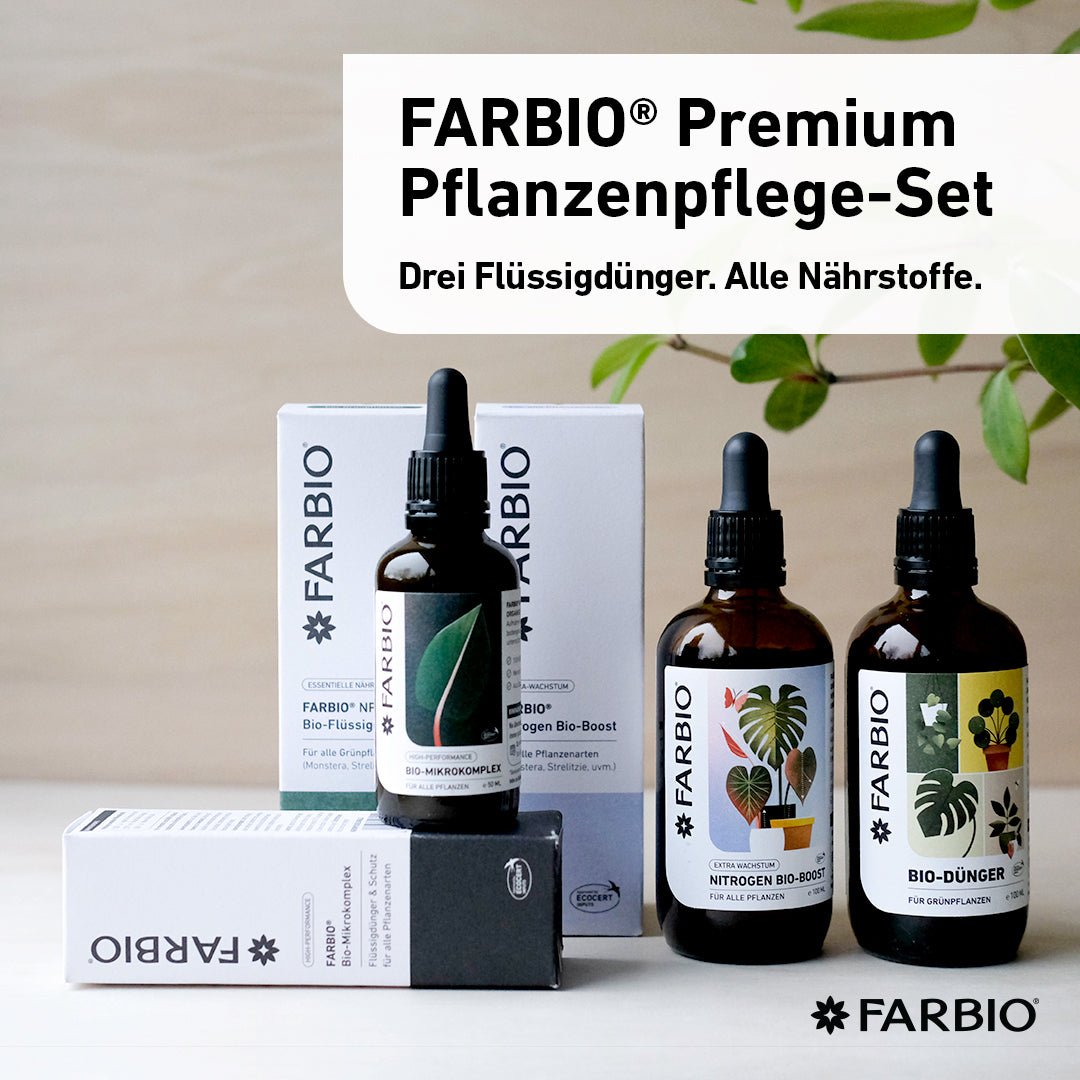We usually only realize how important plant care actually is after our plants have been seriously infested with pests or diseases. The driving idea behind the use of plant care products or plant protection is clear: to avoid pest and disease infestations and to actively counteract them. This leads to a good appearance of your houseplants and ensures your yield of vegetable plants, herbs and fruits. On top of that, you save time by using products on your plants because you no longer have to deal with annoying diseases and pests.
What are the most common houseplant diseases?
Powdery mildew is one of the most common fungal diseases. This is a white and mealy coating on and under the leaves of your plant. The best known are powdery mildew and downy mildew. The cause of powdery mildew is the mold Ascomycota, which spreads in warm and dry climates. Downy mildew is caused by the egg fungus Oomcyta, which reproduces in humid climates.
The leaf spot disease originates from a fungal infection of the genera Alternaria, Ascochyta and Septoria. Brown, black or yellow spots can usually be seen on the leaves, which are caused by moisture.
Black spot disease, also known as sooty mold or blackleg, is caused by an infestation of ascomycete fungus. This fungus is found in the soil and usually causes spots on the leaves due to moisture. Another appearance of the fungus is the dark coloring of the shoot, which may die.
Gray mold causes brown spots on leaves and fruits, which then quickly rot and later become furry. This disease is also caused by an ascomycete fungus.
What are the most common houseplant pests?
The most common pest infestations are due, among other things, to fungus gnats. These are small black mosquitoes that lay their eggs in the soil and eat the roots of your plant. An infestation usually occurs when a new plant is purchased that already has eggs or mosquitoes in the soil and these then pass on to your old green roommates.
Just as bad is an infestation of spider mites, white to yellowish mini-spiders that stretch their webs under the leaves or on the stems and suck out the cells in the leaves of your plant. This pest infestation is particularly supported by dry air.
Fried-winged flies, or so-called thrips, are first seen as yellowish larvae on the underside of the leaves and stems of your plant and later become darker. Your plant's appearance will deteriorate with spots and bulging on the leaves. Thrips like and reproduce particularly strongly in dry air.
Aphids are green, yellow or brown animals that can attack weakened plants when the humidity is low. As a result, leaves become sticky, develop spots and even dents.
Mealybugs, also known as mealybugs, are small white fluffy-looking animals on the leaves of your plant. When infected, leaves turn yellow and eventually fall off.
The reasons for plant protection and the list of possible pest and disease infestations is endless. If you actively prevent this with the right care products, you can save yourself and your beloved plants a lot of trouble! If you use the right fertilizer for your houseplants , they will become more vital and their natural defense system will be supported.



